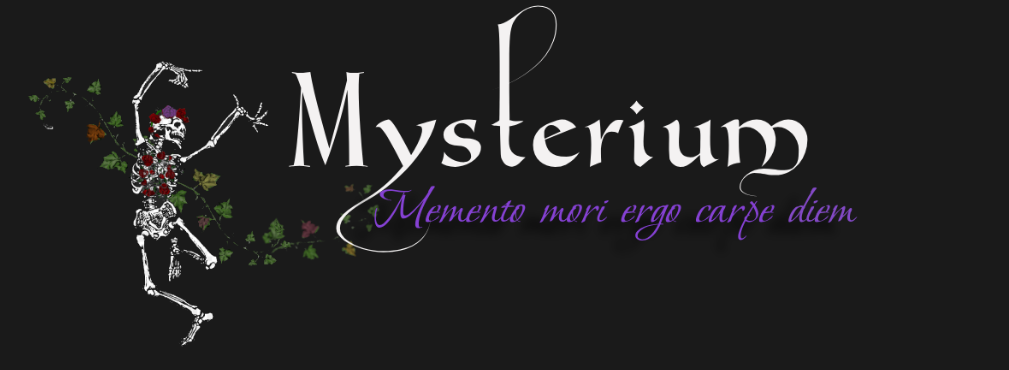
Here’s an excerpt from Stefania Spano’s essay for Hektoen International: A Journal of Medical Humanities on the theme of dark humor in memento mori art:
Ruysch’s artistry was matched by his commitment to the underlying science and to using the materials of the dead to teach the living. “I do this,” he explained, “to take away from these people all repulsion, the natural reaction of people confronted with corpses being one of fright.” In exploring different historical perspectives and cultural practices towards art, death, and the body, it becomes clear that humor and jocundity are recurrent responses to the laments of the human condition. The prospect of mortality can create a paralyzing fear, especially when so starkly experienced in life or, ironically, immortalized in art. In medical art and in mourning rites, humor simply helps the living to see the dead, to witness their mortality in the passing of others, to accept it, and to see the life beyond it.
